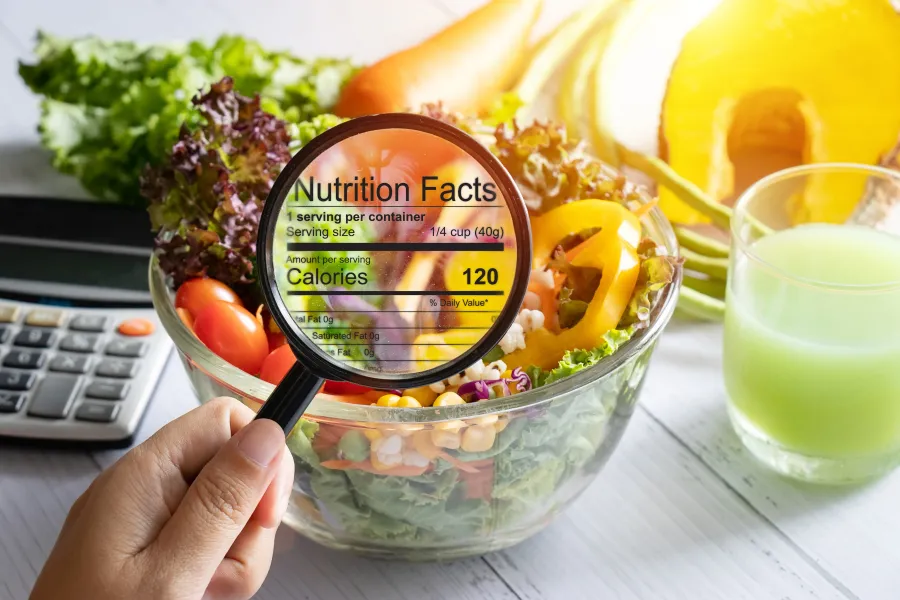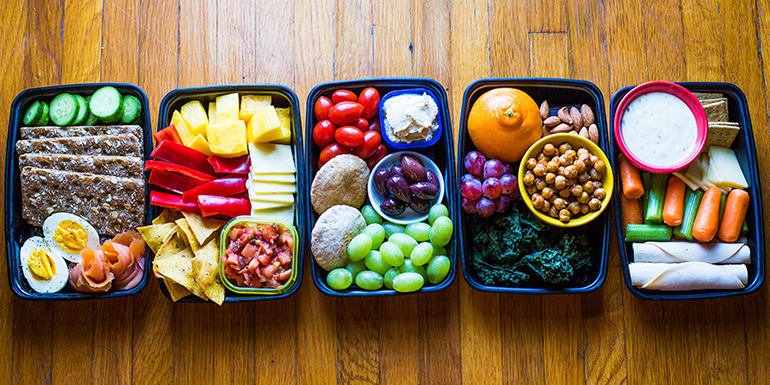Introduction: The Importance of Food Labels
Food labels provide essential information about the nutritional content and ingredients of packaged foods. Understanding these labels empowers consumers to make informed dietary choices that align with their health goals. By learning how to read food labels, you can better navigate the grocery store and select products that contribute to a balanced diet. This article outlines the key components of food labels and offers tips for making healthier choices.
Key Components of Food Labels
1. Serving Size
The serving size indicates how much of the product is considered one serving. It’s crucial to pay attention to this measurement, as it affects the nutritional information provided. Be mindful that packages often contain multiple servings, which can impact your overall intake.
2. Calories
The calorie count shows how much energy you get from one serving of the food. Understanding the caloric content helps you manage your energy balance, whether you aim to lose, maintain, or gain weight. Be aware of how the calorie count relates to your daily needs.
3. Nutritional Information
Food labels list essential nutrients, including:
- Fats: Pay attention to total fat, saturated fat, and trans fat content. Limit saturated and trans fats for better heart health.
- Cholesterol: Monitor cholesterol intake, particularly if you have heart health concerns.
- Sodium: High sodium levels can lead to increased blood pressure. Choose lower-sodium options when possible.
- Carbohydrates: This section includes total carbohydrates, dietary fiber, and sugars. Focus on fiber-rich foods and limit added sugars for better health.
- Protein: Protein is essential for muscle repair and growth. Ensure you consume adequate amounts, especially if you lead an active lifestyle.

Understanding Ingredients Lists
1. Order of Ingredients
Ingredients are listed in descending order by weight, meaning the first ingredient is the most prominent in the product. This can give you insight into the primary components of the food you consume.
2. Recognizing Additives
Be aware of additives, preservatives, and artificial ingredients. Look for whole food options with fewer, recognizable ingredients. A shorter ingredient list often indicates a more natural product.
Nutrition Claims and Labels
1. Health Claims
Food labels may include health claims, such as “low-fat,” “high-fiber,” or “heart-healthy.” While these claims can guide your choices, always check the nutritional content to ensure the product aligns with your dietary needs.
2. Organic and Non-GMO Labels
Organic labels indicate that the food is produced without synthetic pesticides, fertilizers, or genetically modified organisms (GMOs). If you prefer organic or non-GMO options, look for certification labels on the packaging.
Tips for Making Informed Choices
1. Compare Products
When choosing between similar products, compare their food labels to determine which option offers more nutritional benefits. Look for lower sodium, added sugars, and healthier fat profiles.
2. Focus on Whole Foods
Prioritize whole, minimally processed foods in your diet. Fresh fruits, vegetables, whole grains, and lean proteins are typically more nutritious than packaged alternatives.
3. Educate Yourself
Take the time to learn about nutritional guidelines and recommended daily allowances (RDAs) for various nutrients. Understanding these recommendations helps you make informed choices based on your individual health needs.
Conclusion: Empowering Your Choices with Food Labels
Understanding food labels is essential for making informed dietary choices that promote health and wellness. By focusing on serving sizes, nutritional information, and ingredient lists, you can select products that align with your health goals. Take the time to read and interpret food labels effectively, empowering yourself to make choices that support a balanced and nutritious diet. With this knowledge, you can navigate grocery aisles confidently, ensuring that every meal contributes to your overall wellbeing.




